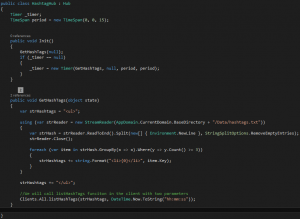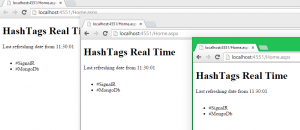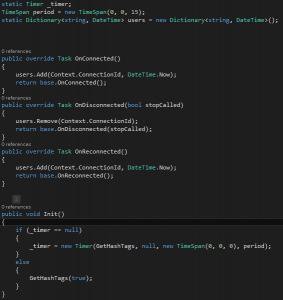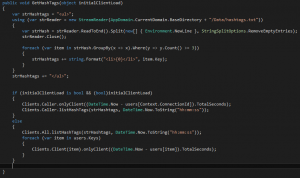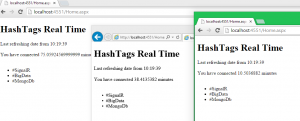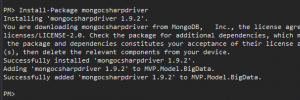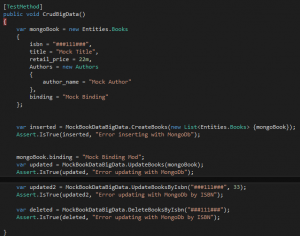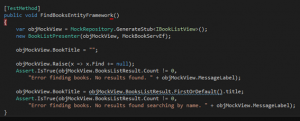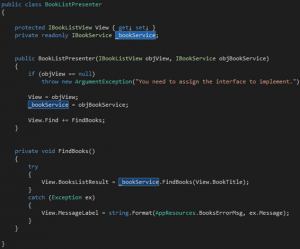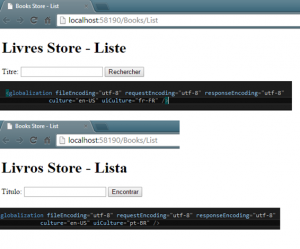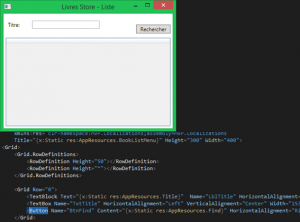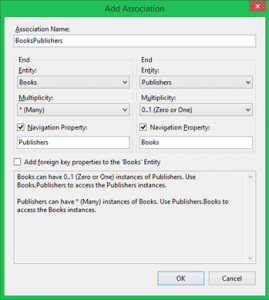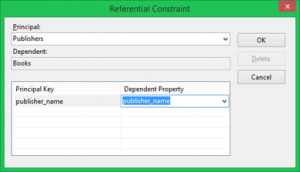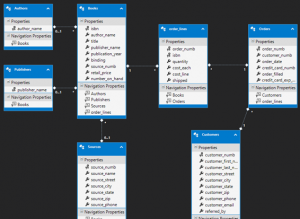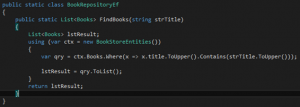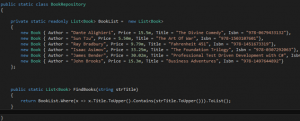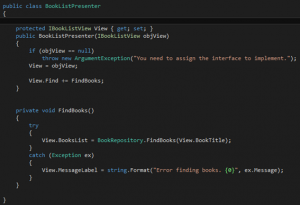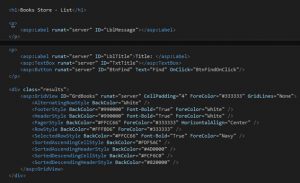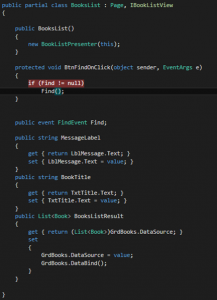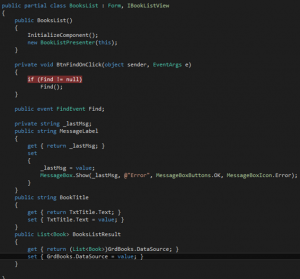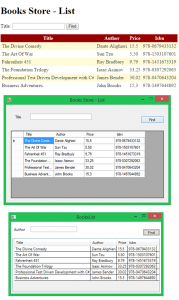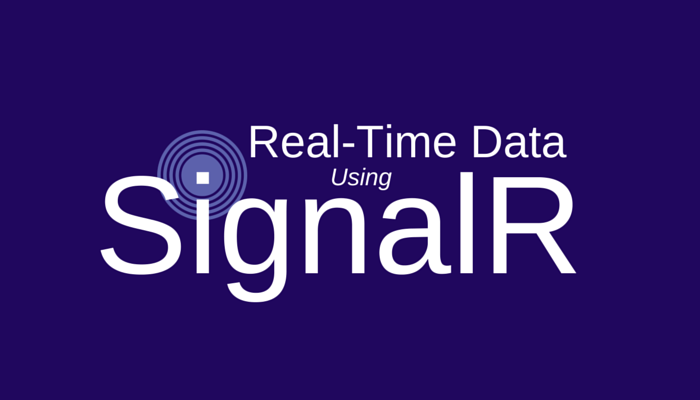
SignalR – Full Duplex communication
Today we are going to talk about Full Duplex communication, but, what’s that? In a common web scenario, the user makes a call to a web server and that returns the specific page. Each time that you make an action, like push a button, the information is sent to server and that returns again the information. In this scenario, the user is always who trigger the communication and te communication is always from the user to the server.
But, what happend if is the server who wants to send us a notification? An example or that maybe facebook message notifications, twitter notifications, etc. This is a full duplex communication. We can trigger the action or the server can trigger an action. To implement this real time communications we have a library, called SignalR, that help us to do that.
Sometimes, this library is wrongly called, “chat library” because is the first thing that you think when you try to do something with this library or you think in full duplex communication but SignalR is more powerful than that. We will try to do an example with SignalR, avoiding the typical example of chat, where the server will send us the information of the most used words in a file (like the hashtags of twitter).
The first step is install JQuery and SignalR through Nuget and aggregate the scripts to our page. In addition we need to do two more things, add a “hubs” reference in the scripts (/signalr/hubs) the content will be created dynamically by SignalR and add the OwinStartup in the AssemblyInfo.
The next step is create our “Hub” classes. We need to add to the project a “SignalR Hub Class” file where we are going to implement our method. We will create a Init method to initialize the class when we will create a timer to repeat the proces each X time. Our function will read the information from a file or ddbb to get the more hashtags and will send the information to the connected clients to refresh the pages.
The next step is create the method “listHashTags” in our client side and initialize our hub. We need to create object of our hub (be careful because the names starts with lowercase, even if our class is in uppercase). We have the function start that will be launched at load the page. We will call init method from this function to initialize our hub and draw the hashtags the first time.
For each function that we call from .net (Clients.All.listHashTags) we need to create the method in client side with the actions to do.
When we launch the application, the hub will be created and draw the first time. Each 15 seconds the server will be launch a update for our connected clients.
We can update all clients or specific clients. We will update the project to update all clientes and each client separately. We will manage our connected clientes with a Dictionary and when the server tries to update clientes we will update each client with his own data. To do that, we need to override the methods OnConnected, OnDisconnected and OnReconnected in our Hub and update each client in our method.
With this way, each client will be update with his own data for the time and for the same data for the hashtags.
You can download the code here.

